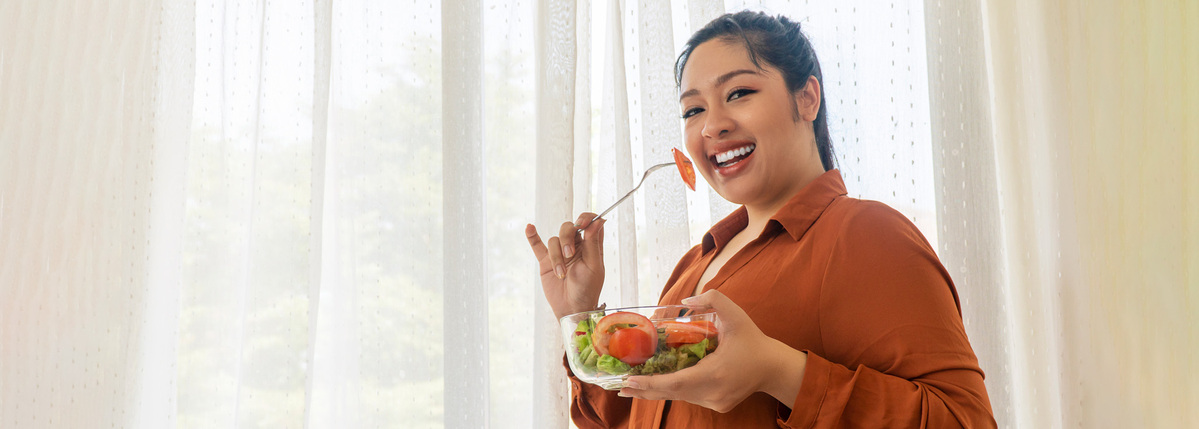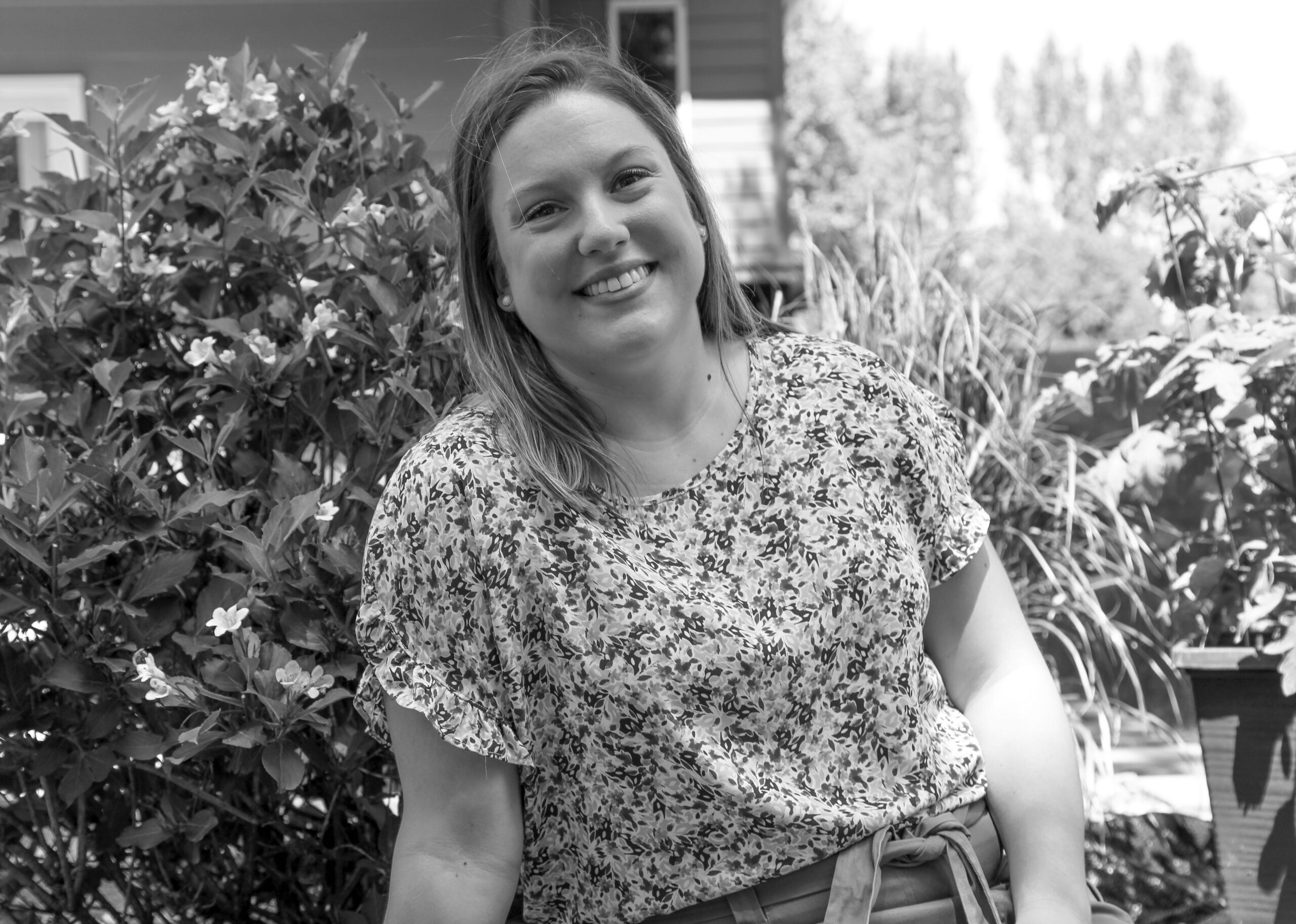How to Establish New Eating Habits With Diabetes
Being diagnosed with type 2 diabetes (T2D) is undoubtedly overwhelming. From developing new eating habits to taking different medications, it can feel as if you need to change everything all at once. Fortunately, there are ways to adapt to your new life with diabetes that can help you avoid being overwhelmed.
The role of nutrition in diabetes management
When it comes to establishing new eating habits, taking small steps is key. But first, it’s important to understand the role nutrition plays in blood glucose levels (BGLs).
Foods are made up of either carbohydrates, protein or fat (or a mix of two or three). Carbs, when broken down during digestion, turn into glucose, which enters your bloodstream and raises BGLs. This is why carbs get a bad rap where diabetes is concerned, even though glucose is our bodies’ preferred source of energy!
Carbohydrates are found in foods like:
- Bread
- Pasta
- Cereal
- Desserts
- Fruits
- Vegetables (starchy ones that raise BGLs are peas, corn, potatoes and squash)
Foods containing protein can also impact BGLs if eaten in higher quantities, especially if you don’t eat many carbs in a meal. This is because your body needs energy, or glucose, and it will break protein down for energy if there aren’t enough carbs available.
Options that provide protein include:
- Fish
- Chicken
- Beef
- Eggs
- Edamame
On the other hand, fat-containing foods do not affect BGLs. Despite this, it’s important to include fat in your eating pattern without going overboard. Focusing on “healthy fat,” also called unsaturated fat, helps increase levels of HDL (“good cholesterol) and decrease levels of LDL (“bad cholesterol), benefitting heart health.
Foods with high unsaturated fat content include:
- Oil (like olive and canola)
- Nuts
- Nut butters
- Chia seeds
The main takeaway is that eating a balanced diet with carbs, protein and fat will benefit your overall health and BGLs!
Start small
As with any new habit, changing what or how you eat should be done slowly. This makes the process easier and less overwhelming.
Start by thinking about what you typically eat. Don’t judge yourself; this is simply a way to know where you’re starting from. Think about which foods you like. Which ones do you have access to? What are realistic options for you? When do you typically eat?
Then, figure out what your typical plate looks like. Is it mostly filled with meat? Do you have veggies on it most of the time? There is a way to lay out your plate, called the Plate Method, that allows you to eat a balanced variety of carbs, protein and fat in order to stabilize BGLs.
Of course you’ll want to create your plate using what is available to you. However, if you have access to a variety of foods, here’s how to lay them out in a way that will best benefit your BGLs.
Fill half your plate with non-starchy veggies
Start by adding any veggie you want (except corn, potatoes, squash or peas—those are for a different category). Non-starchy vegetables don’t have many carbs, so they won’t raise your BGLs much. However, they do have fiber, which slows digestion to help keep BGLs stable.
Add protein to a quarter of your plate
Next, choose protein foods like the ones listed above. Keep in mind that certain foods high in protein can also be high in carbs, such as black, kidney and pinto beans. Beans would be considered both a carb and a protein source.
Finish filling your plate by adding carbs to the remaining quarter
Finally, add carb-containing foods to the rest of your plate, such as whole grains (like pasta, bread or rice), starchy vegetables, beans (like black, kidney, pinto and navy), fruit and dairy products. Filling only a quarter of your plate with carbs will decrease the likelihood of your BGLs spiking.
When it comes to beverages, water or zero-calorie drinks are best, as they do not affect BGLs.
Think about adding, not subtracting
What happens when you can’t have or do something? If you’re like most people, you’ll do what you can to get or do what you’re told not to! The same thing happens with eating. There’s a lot of misinformation out there about carbs, and doctors might even tell you not to eat them.
However, since our bodies need carbs and use them for energy, it’s beneficial to still eat them. The trick lies in what you can add to carbs so they are less likely to significantly increase your BGLs.
If you follow the Plate Method, you’re already adding fiber and protein to your meal, which both help slow digestion and decrease the risk of BGL spikes.
However, if you’re eating out or having a snack, consider pairing a carb-containing food with one that has protein, fat or fiber. Combinations that include several nutrients are:
- Whole wheat crackers with cheese
- Peanut butter and an apple
- Greek yogurt
- Cottage cheese and peaches
- Avocado toast
You can find even more diabetes-friendly snack ideas here.
Pay attention to timing
How often and when you eat also impacts BGLs. It’s best to eat meals and snacks three or more hours apart to ensure your food can be fully digested and so BGLs stay steady. In addition, try not to eat too close to bedtime, as this can increase the risk of going to bed with high BGLs, which can then negatively impact your sleep.
While a new diabetes diagnosis can be overwhelming, there are ways to make your “new normal” easier, especially when it comes to establishing new eating habits. Understanding the role of nutrition in BGLs, starting small and focusing on what you can add to your eating pattern instead of taking things away are ways to ease into your new life with diabetes.
And, if you’re looking for support while navigating your diagnosis, consider joining the Beyond Type 2 Community!
Editor’s Note: Educational content for newly diagnosed people with diabetes is made possible with support from Abbott, makers of the Freestyle Libre 3 system, a founding partner of Beyond Type 2. Editorial control rests solely with Beyond Type 2.





